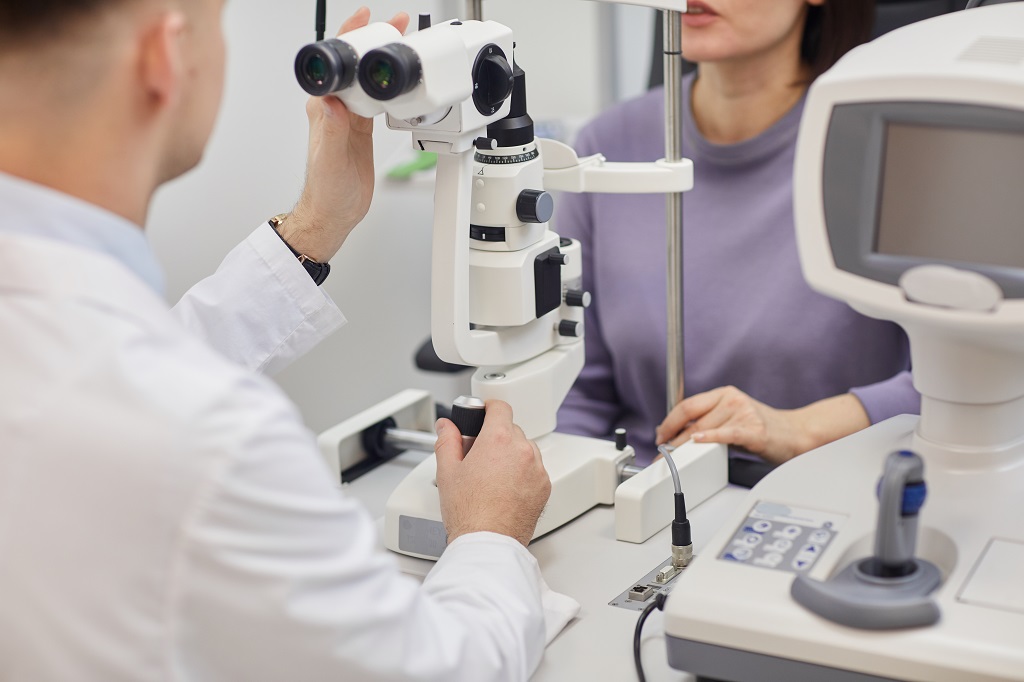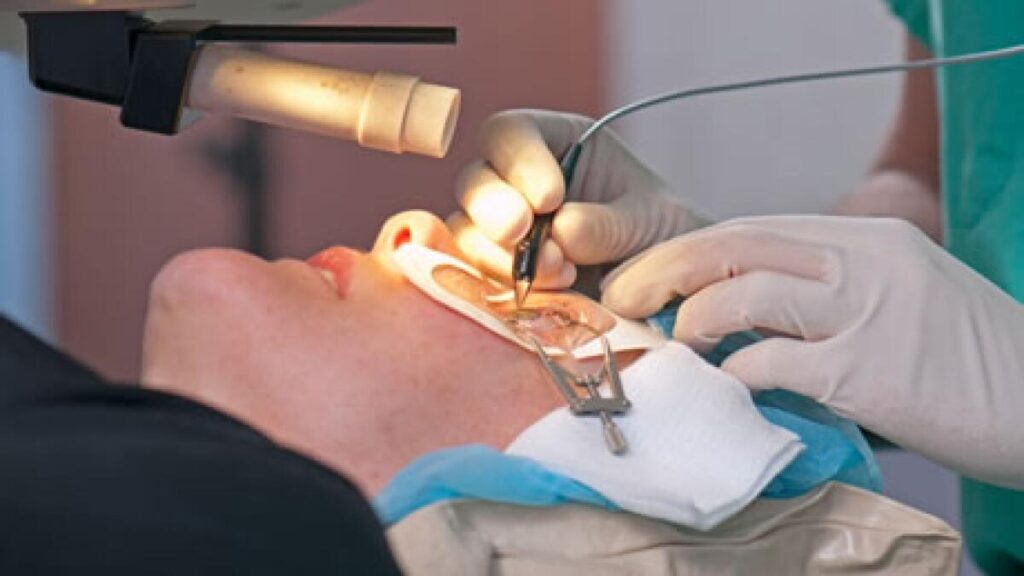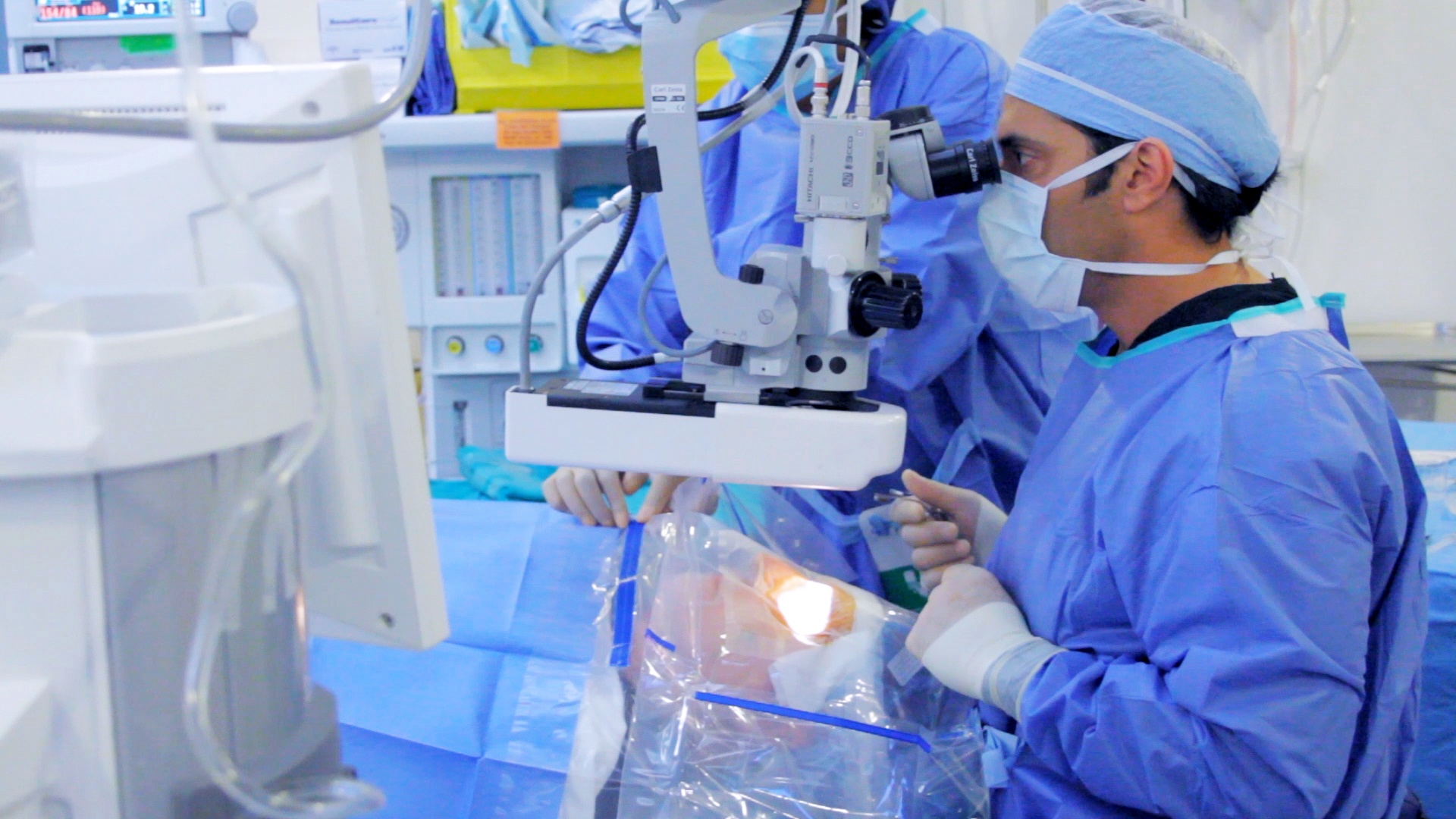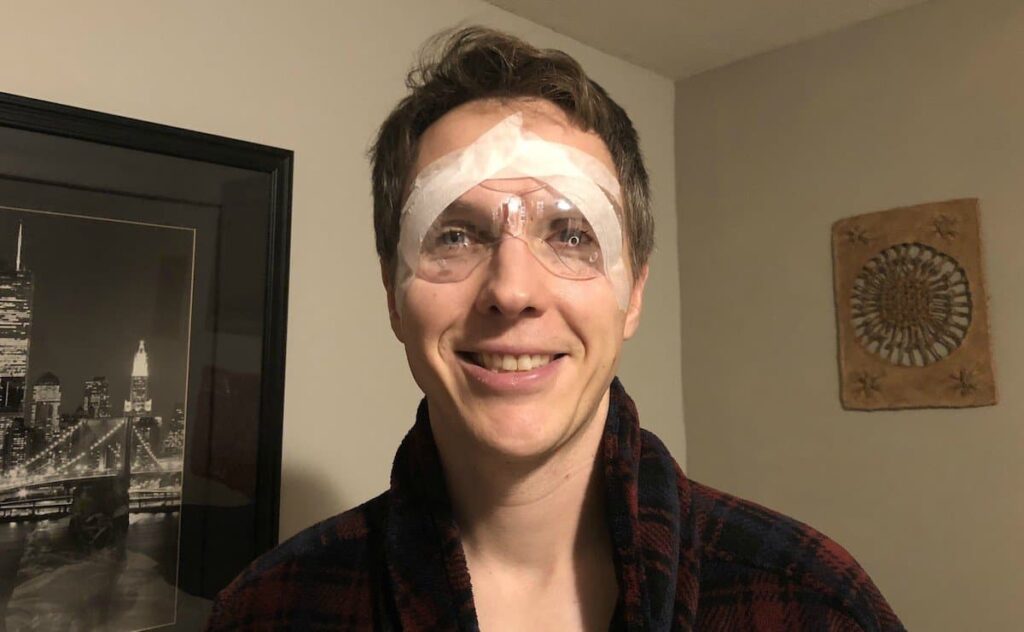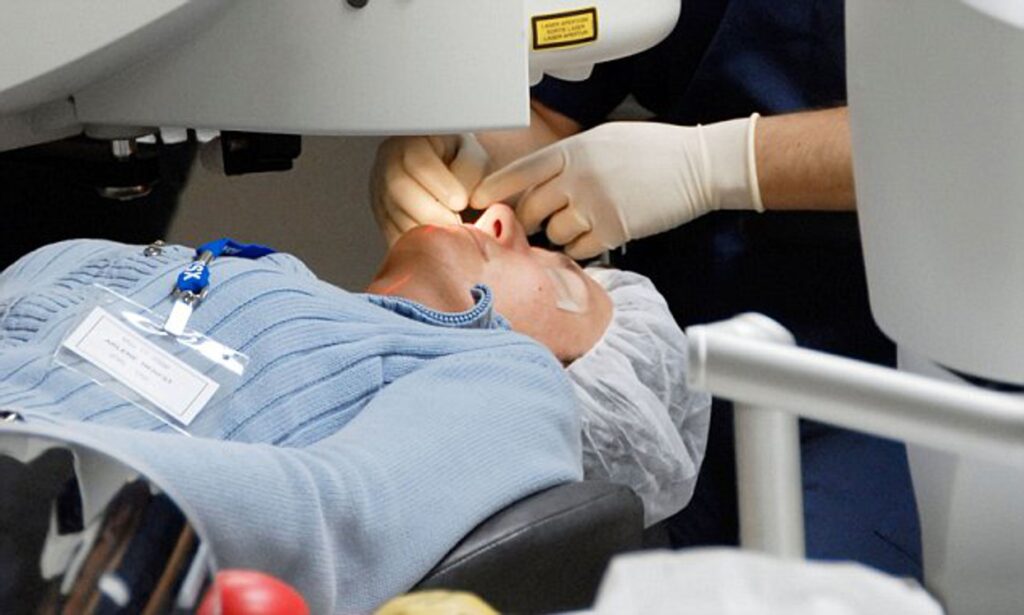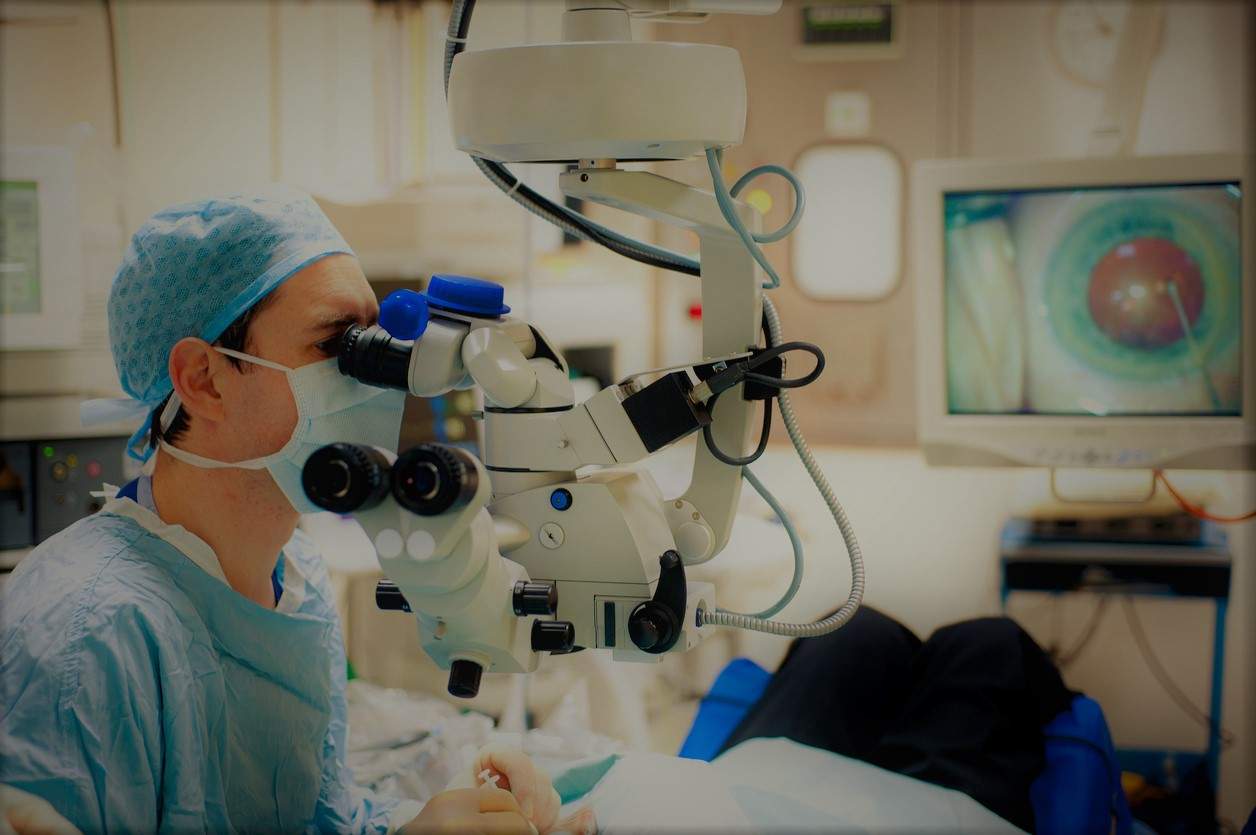Holiday Activities that make Post-LASIK Surgery Easier
Depending on the time of the season, the holiday season may last for not less than three months, and it is vital to make the most out of it. It can also be a festive season where everyone comes around to rejoice and partake in some collective activities. It is a significant preparation period for the new work or school season.
In some cases, these inconveniences may be very evident whereas, some other people are too used to it that they don’t see the difficulties anymore. On the other hand, lasik eye surgery serves the purpose of providing a more credible alternative and a permanent solution. Anyone who tastes the freedom from using glasses or contact lenses doesn’t want to return to that difficult time.
So, there are several activities one can engage in during the holiday. Examples are apple or fruit picking, mountaineering, visiting a pumpkin patch, or finding our way out of maize or through a corn field. So, it will be nice to start with a bucket list of activities we would love to try out and take a pick. On the one hand, scrambling to contact lenses and eyeglasses comes with a ton of inconveniences.
With the convenience of LASIK surgery, you can also be confident in the approach for all your plans for the new season. Below are some of the classic holiday activities you can take up after undergoing LASIK eye surgery. You can also see the activities below as exercises for your new pair of eyes while also allowing the eyes to recover fully.

Going for a pumpkin patch
When you go on a trip to patch up pumpkins, you must have clear eyes to see the pumpkins. You should also be precise in the right gourd for that purpose. If you have worn your glasses and contact lens to do this exercise before, you will appreciate it more now that you do it without them. Moreover, you can now see more clearly what you need to pick and where to put them. Your natural eyes become a great tool to see the perfect pumpkin from far away.
No doubt, having a clear, bright vision makes your time picking a pumpkin to be worthwhile. When you carve a pumpkin, you can also be confident that you are doing the right thing because you are working with a transparent model and know what to do. In addition, you don’t have to worry about eth seeds and pulps inside the fruits. On the other hand, the lens glasses may catch some items and become messy.
Find your way through a corn maze or farm
There is no better way full of fun to exercise your new adventure while you need an excellent vision to see far. A good vision allows you to see the puzzle from a new perspective, whether in a created maze or a corn farm. After undertaking LASIK eye surgery, it takes a 20/20 quality of vision to accomplish these tasks. Also, it can bring about immediate results to enhance the procedure results. A good image makes it possible to get out of a maze.
Watch scary movies
Watching movies is not something you can do if your vision is not good enough. That is why this activity is excellent for evaluating the quality of sight and vision you have now. Without a sharp image, it won’t be easy to maintain a great experience. Some people don’t mind watching the movie through glasses, but the entertainment will be different with the proper eyesight. You don’t want to struggle with glass frames that may cause you some discomfort.
Any discomfort can also bring about damage of any kind to your quality of vision. So, when choosing your movie, you should also find a comfortable position that is safe for your eyes. Now that you don’t have to worry about eyeglasses or contact lenses, you can freely choose the place that works best for you. The remaining question is, are you ready for the adventure this season?
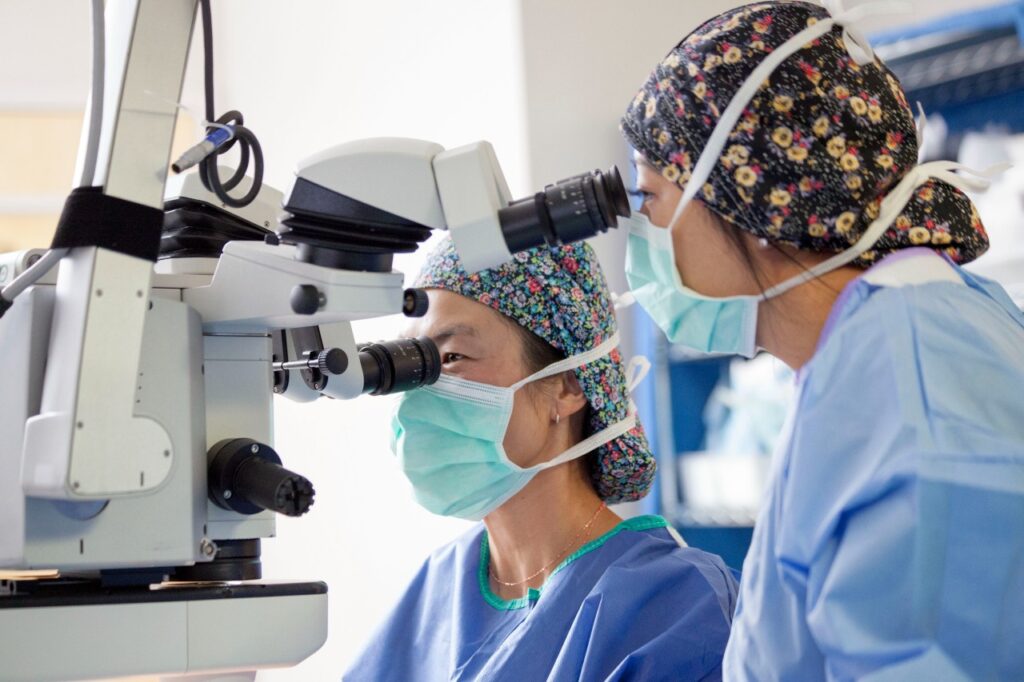
Walking through a haunted house
No matter the level of accuracy that a pair of glasses or contact lenses give you, you are still far from optimizing your chances. It would help if you felt what it looks like to do these activities with your natural eyes after undergoing LASIK eye surgery. While glasses may help those who need them, it becomes a disadvantage if you have to run or respond quickly to an alert. You need to pray that your glasses don’t fall off because if they do, that may cause a big problem.
Suppose you suddenly jot backward because of something frightening or suddenly change directions. In that case, your glasses may fall off. Or worse still, what if you fall on your face and with other people running, they match on you or your glass frames? Unknowingly. Many unintentional hazards can become very costly to one with artificial eyes. So the LASIK Eye surgery effectively eliminates the dependency on contacts and eyeglasses.
Hiking along with family
It is one thing to hike on a mountain with a few friends. It is another game to walk with family members. You can add color to your holiday season by creating a hiking trip to make amazing discoveries. Depending on the season, you may see leaves fall during the summer. It is an opportunity for family members to learn to work together. Moreover, being an outdoor activity, it becomes a perfect opportunity to get the family together.
Glasses are also wrong with fogs or sweat because they can enter your eyes. Such flow of water into your eyes can cause some measure of irritation. But when you endure the LASIK process and its success, we no longer need some of the other alternatives.
Enjoying hot beverage
What else can you spend your time following your successful LASIK eye surgery? You will quickly notice the lack of struggle that often accompanies eyeglasses. What if you now need to take a sip of a hot drink and get going, but the hot steam interferes with your glasses? Imagine a world where you use your natural eyes and no fog or smoke to disturb you.

